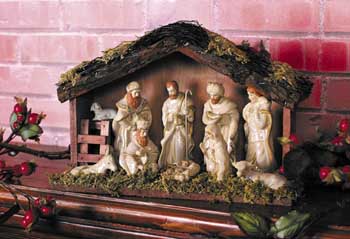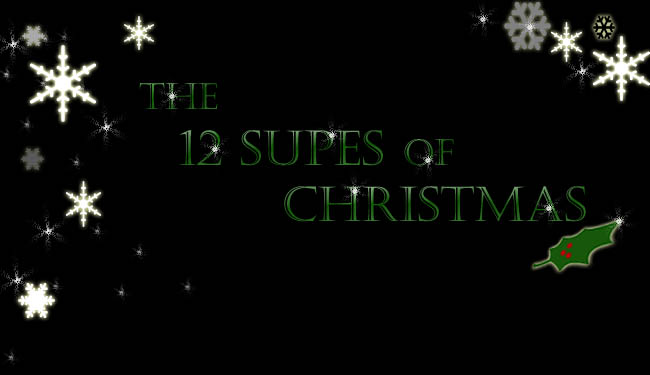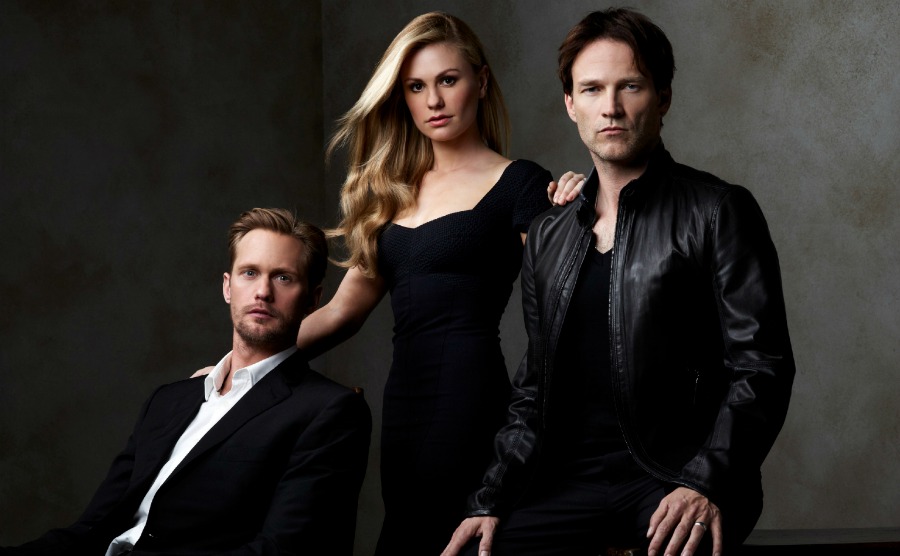Holiday Mythology: Christmas & Yule, Part 2
Christianizing Yule
Just as Samhain was annexed by Christians and baptized and given a Christian purpose, so was Yule. In the early days of Christianity, the feast of the Nativity was a moveable feast, just as many Hebrew and Jewish feasts were which means the feast moved according to astronomical phenomenon rather than actual calendar dates. (Usually sunrise/sunset during certain lunar phases)
The earliest Christians, those who followed Jesus but were still tied to the Jewish thoughts of Sabbath and ritual celebrated the feast of the Nativity in the spring. This is because in the Biblical description of the birth of Christ, we are told the shepherds were in the hills tending their flocks by night. They would not have been in the frigid mountains of winter tending their flocks in a barren hillside.
So, how did the feast end up being placed at the time of Yule? There may be two factors: simple symmetry. The feast of the Resurrection was in the spring, the feast of the dead was in the fall, there should be something to be celebrated in the winter: The feast of the Nativity would be perfect.
The fixed date was placed on the calendar in 320 AD when Catholic scholars took advantage of the Yule/Saturnalia feasts of the Pagans. In another example of simple replacement, the scholars simply replaced the cast of the god and goddess with Christ and his mother but the common folk retained the some of the features of the old pagan feasts, so much so that in the Puritan times in Britain and in early America, the Christmas celebration was outlawed as a Papist and pagan celebration. It was not until just before the American Revolution that we really see a return of the Christmas celebrations.

One of the features in many Christian homes during the Christmas holidays is the crèche scene. Instituted by St. Francis of Assisi, he asked for a small scene representing the holy family, the shepherds, and the three wise men (though we are told in scripture the three wise men did not appear until several days after the child was born). It was not uncommon for the Church to use art and statuary to teach people, who were mainly illiterate, the biblical stories by using art. To examine the art in any Catholic church is to learn the stories of the Bible and the lives of the saints. In Italy, it was not uncommon for early nativity scenes to include the humble saint himself as one of the figures attending the nativity as a nod to the first person to have a crèche scene. In modern times, to try and put Santa Claus in perspective of the season, some people have added a figure of Santa in adoration of the Christ Child as well.
Sources: Holidays Around the World by Stephanie Woll and The Ways of People: Celebrating Around the Globe by Daniel Michaels, Goddess Alive by Elizabeth Dougan and Where There is Magik, the Goddess is Afoot by Starsinger, The Encyclopedia of Mythology by Eric Flaum and Edith Hamilton’s Mythology by Edith Hamilton, Why Do We Do That? by Father Simon McNarry.






